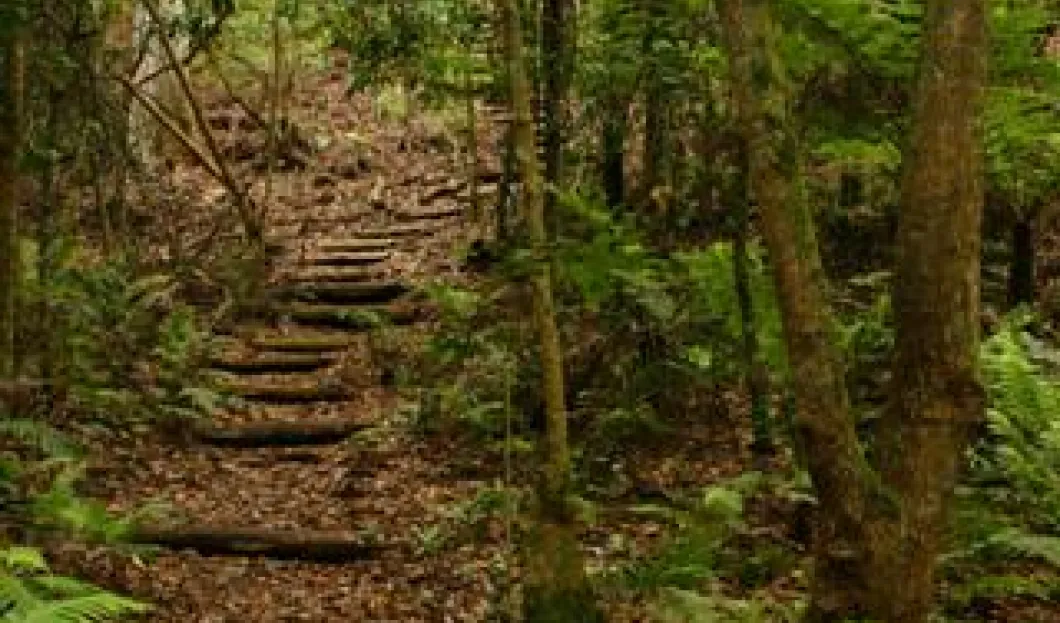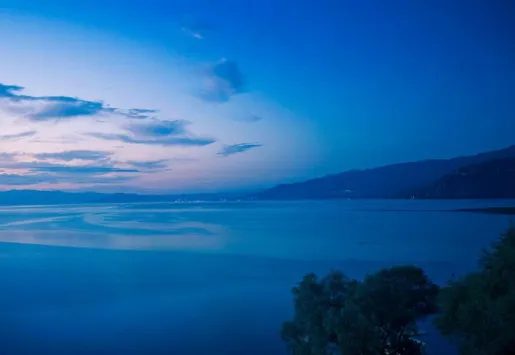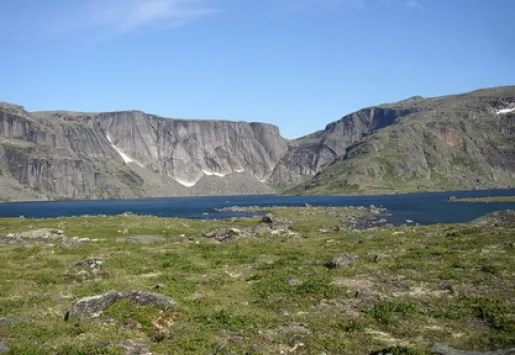
Ethiopia and Zimbabwe has been recently added to the UN program World Network of Biosphere Reserves. They have joined the other 107 countries all over the world that are trying to stop the loss of biodiversity in the nature.
Zimbabwe and Ethiopia are set to be amongst the newest hosts of biosphere reserves, the United Nations network that was created in an attempt to halt the loss of biodiversity and promote sustainable development. A total of 13 new places are set to be added by the UN, creating a global network of over 500 sites covering 109 countries.
Biosphere reserves could prove an extremely important phenomenon in the future of our planet. The whole point of the UN program World Network of Biosphere Reserves is not only to protect them, yet also to use them to test different approaches to the integrated management of ecosystems. The new status of the places involved also help the images of the relevant countries on an international scale.
The Ethiopian highland region of Kafa is amongst the new entries and is famous for its Arabia coffee, often claimed as the first ever species of coffee to be grown. Indeed, the Arabia label is often used as a sign of quality for many coffees around the globe, even if they have nothing to do with this particular plant. Ethiopia also has a large amount of evergreen forests. This makes Ethiopia one of the most notable of the 13 new entries.
The Zambezi Valley of Zimbabwe is a further notable entry, with its host of terrestrial ecosystems. Zambezi is perhaps most famous for Victoria Falls, yet the flooded savannah ecoregion is what most interests the UN in this case. The mixture of open grassland and swamps around the coastal area should prove to be a great area for in-depth study and learning. Other new biosphere reserves are scattered around the world. Perhaps the most famous ones are the Tuchola forests of Poland and Maria’s Island in Mexico, which has developed into a system of stunning reefs, mangroves and swamps over a period of 8 million years.














